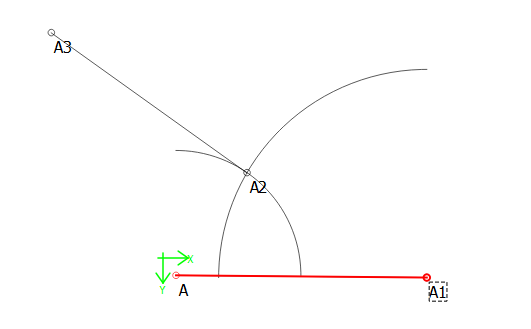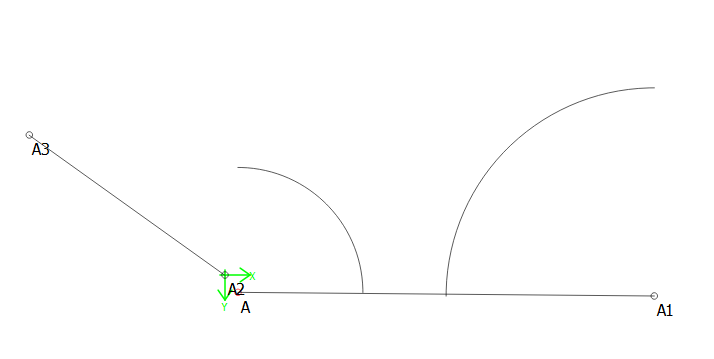Like this…?


In this case by moving the arcs away the intersection point A2 is no longer an intersection point and the origin is used as the place holder so the pattern doesn’t crash. Since the arcs no longer intersect there are no arc segment lengths in the variables table->curve lengths.
Edit:
One thing I did discover is that the arc segments will become ZERO as the intersection point is removed… and if you were using the curve lengths in a formula as a divisor you’ll get an error.